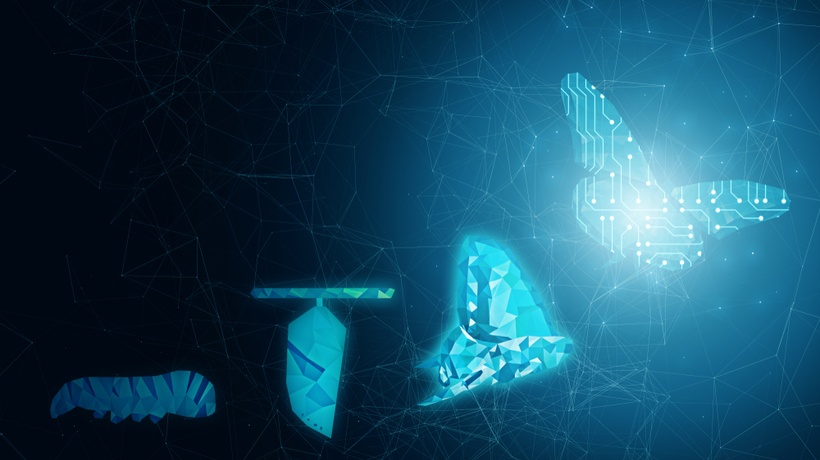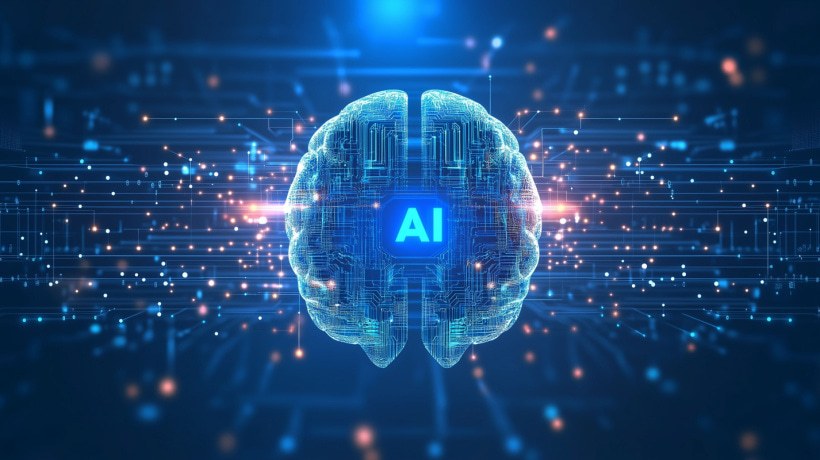Spoiler Alert: It Looks A Lot Different Today
It’s never easy to be self-critical but if we ask ourselves whether we’re taking the quality of content today for the granted, the answer is most likely a resounding yes. If you look back at where we were just a decade ago, we’re living in the golden age of learning right now and we’ve really reached a resource peak. Whether or not that’s the summit or not, who knows. But for now, we can at least take a look back and see how far we’ve come.
2010: Content At The Turn Of The Decade
Not many people were talking about the state of learning content in 2020. That’s one of the first things you’ll notice once you start digging. And then Clive Shepherd suddenly pulls you in with his content crook. He’s one of the few people to have spoken about the state of learning content a decade ago, so I’m sure he’s had countless people flocking to his blog in recent years.
Shepherd puns now sheared from this article (starting here), pointed out that everything pre-2010 was pretty much limited to tutorials on CD-ROMS, that was our lot. Although he discussed ideas like User-Generated Content, multi-device learning, and the quality of content, one question he posed hit home: Is the content really designed for learning at all? The reality in 2010 was a firm no.
Technology is only as useful as you enable it to be, and to the extent which you understand and use it. Back then, people rarely harnessed its power for learning content. The approach was very much to take in-person materials like lecture recordings and presentations and upload them in digital formats. This not only failed to harness the power of online learning and play to its strengths, it still centered around the idea of long courses and lengthy learning sessions.
2015: Instant Information And Microlearning At The Midpoint Of The Decade
This was probably the time when our desire for information became insatiable. As smartphones and social media became our go-to for news and media, we started to take the attitude that we want information, and we want it now. This spilled over into the professional sphere and we began to expect the same from our learning content.
In just half a decade, we’d gone from these long and bloated repurposed resources to realizing information is much easier to process when it’s specific and succinct. And at the same time, we’d recognized that it’s most useful in the moments we need it. So, it’s no surprise that microlearning’s popularity was on an upward trajectory around this time. Who wants to sift through an hour session that covers 5 topics when a quick 5-minute resource on something specific would be far more helpful?
Hindsight is always 20/20, but it’s nice to know it’s also 2015 in this case. An article from Grovo at this midpoint of the decade backs this up:
Good learning material engages learners by meeting them where they are. That means leveraging, not fighting against, their consumption habits; fitting into their busy schedules; and, above all, being effective.
The same article went on to highlight that the two-minute mark is a sweet spot for content, the microlearning structure is recommended, and we need to think about what’s relevant for the learner. It also posed a reminder to question the format and if it’s been designed for the online learning sphere. You’ll probably recognize these traits in 2020 content, so we won’t repeat ourselves when we discuss how it all looks today.
Just two years later, Donald H Taylor published an article on LinkedIn asking whether it’s worth creating content for yourself because the chances are somebody has already produced that resource. And it’s important to highlight that because it’s relevant to where we find ourselves in 2020.
2020: What Does Present-Day Learning Content Look Like?
Let’s pick up on the point of content curation. If something out there already fits the bill, you’re most likely wasting time reproducing something for yourself. If there’s anything it doesn’t cover, create resources that cover those elements. This is why a lot of companies and learning platforms collate content from third parties to create a library of relevant resources for their users.
There are also times as well when you’ll opt for off-the-shelf courses, typically for topics that aren’t specific to your business. Something like management coaching or compliance. What that does mean is that you can focus your time and resources on creating internal content only when it’s completely needed and highly relevant to your company.
One of the key developments in the past few years has been the rise of learner-generated content. If you’re not creating it, then you’re really missing a trick. Why? Because everybody in your organization is a Subject Matter Expert in something, which they’ll know better than anyone else. When they share it, others benefit, it’s relevant to the business, and it doesn’t get lost whenever they move on to pastures new.
Given that we’ve got the freedom to create it in almost any format we like, we’re a very long way from that CD-ROM style and presentation uploads. A course today contains everything from short videos to podcasts and interactive quizzes to quick cheat sheets. Even better, there’s far greater consideration of its length. We’re far more likely to encounter a short, sweet, and specific resource than we were in 2010, and that’s something to be celebrated.









